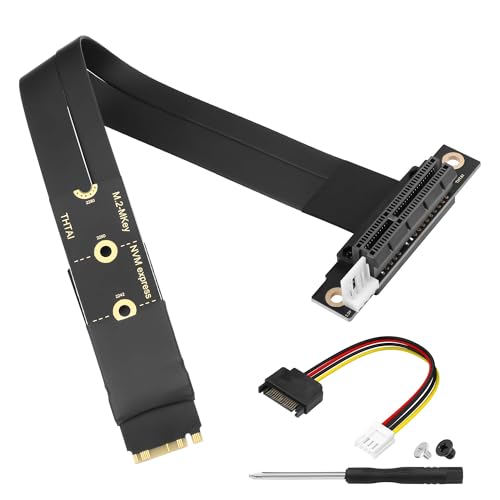Understanding USB Sticks: What They Are and How They Work
What is a USB Stick?
A USB stick, also known as a flash drive or thumb drive, is a small, portable data storage device that connects to a computer or other electronic devices through a USB port. It allows us to store and transfer files easily, such as documents, photos, music, and videos, simply by plugging it in and dragging files over. The technology behind a USB stick involves non-volatile flash memory, which retains data even when not powered.
How USB Sticks Function
When we insert a USB stick into a computer, the computer recognises it as an external storage device. We can then access it in the same way as a hard drive. The data is stored in tiny memory cells, and a controller manages the reading and writing of files. This capability allows for fast file transfers, making USB sticks a popular choice for quick data sharing.
Key Features to Consider When Choosing a USB Stick
Read and Write Speeds
One of the first features we should consider is speed. USB sticks come with varying read and write speeds, which determines how quickly we can transfer files. If we frequently move large files, look for USB sticks labelled as USB 3.0 or 3.1, as they provide significantly faster data transfer compared to USB 2.0.
Durability and Build Quality
Durability is crucial, especially if we plan to carry our USB stick around. They can be made from various materials like plastic or metal, with some featuring shock-proof designs. Selecting a well-built USB stick can prevent data loss due to physical damage.
Security Features
If we’re concerned about sensitive information, opting for a USB stick with encryption features is wise. Some models offer password protection or encryption software, allowing us to secure our data against unauthorized access.
How to Determine the Right Storage Capacity for Your Needs
Assessing Your Storage Needs
We should evaluate how much storage we need by considering the types of files we want to save. For instance, if we mainly store documents, a smaller capacity, such as 16GB or 32GB, may suffice. However, for high-definition videos or extensive photo libraries, we might want to think about USB sticks with capacities of 64GB or even 128GB.
Typical File Sizes
Understanding file sizes can help in our decision-making. A standard document might take up less than 1MB, while a full-length movie can range from 1GB to 4GB. Knowing these sizes will assist us in determining how many files we can store on a USB stick of a certain capacity.
Comparison of Popular USB Stick Brands and Models
Brand Reliability
When we look at various brands, some of the most recognized names in USB storage are SanDisk, Kingston, and Samsung. Each brand offers different models catering to various needs, such as performance, capacity, and pricing. SanDisk is well-known for its reliable performance and user-friendly options, while Kingston often competes on price and variety.
Model Features
Some models, like the SanDisk Extreme, are designed for speed with high read/write rates, making them suitable for professional use, especially for photographers and videographers. On the other hand, the Kingston DataTraveler series provides a variety of capacities and is user-friendly, making it a great choice for everyday use.
Tips for Maintaining Your USB Stick for Longevity
Proper Handling
To extend the life of our USB stick, it’s important to handle it with care. Avoid pulling it out while files are transferring, and always ensure to safely eject it from our device before removal to prevent data corruption.
Storage Conditions
Storing the USB stick properly is also essential. Keeping it away from extreme temperatures and moisture can prevent damage. Moreover, it’s best to store it in a case or a designated area to protect it from physical impact.
Regular Backups
Lastly, regular backups of the data on our USB stick to another storage method, like a cloud service or an external hard drive, can safeguard against data loss. This ensures that even if our USB stick fails or is lost, we still have access to our important files.




































